What is the tolerance range of precision screws?
What is the tolerance range of precision screws?
Service Hotline
+86760-8787 8587We have more than ten years of production experience in the screw industry, the main products are: fixed pins, self-tapping screws and bolts, flat head adjusting screws, extended hexagon bolts, 201 elastic washers, shoulder bolts, heightening pad adjustment pad sliding sleeve, gun pull cap Guns, button nylon copper posts, JISB1186 gaskets, precision fastener screws, four-corner spot welding nuts, one-piece expansion bolts, *30120MM titanium nuts, large flat head rivets and other fasteners, due to product materials and specifications Different, the price is also different, if you need, please contact us.


For the detection of the shear force of the elastic cylindrical pin, the method and the tooling are marked, but the tooling is only a means to be used on the test bench, and the process of embedding the cylindrical pin into the tooling is a more difficult process. Generally, it is used to place the tooling on a plane, a vise, a simple V-shaped, and a simple U-shaped fixture. Originally, the elastic cylindrical pin was detected by hand or pliers to hold the cylindrical pin and align the pin with the outer cylinder of the tooling. Use a hammer to smash the shear holes, and adjust the concentricity of the inner and outer cylinders of the shear holes of the tooling from time to time. The limitations, dangers and difficulties of this assembly method are relatively large, often testing a set of cylindrical pins, which takes a lot of time and is difficult for lesbians to complete.
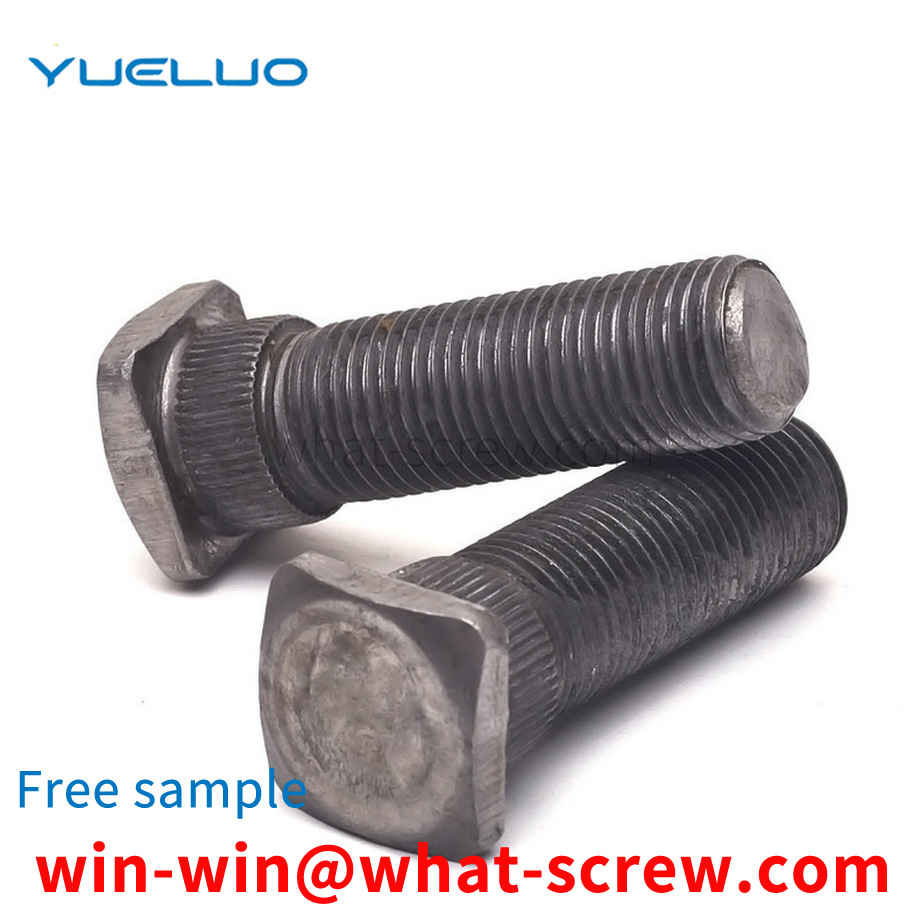
Existing wood screws are composed of a threaded portion with a tapered angle and arranged along a tapered stem and a screw head. The head of the screw can be a countersunk head, hemispherical, or other shapes, and the head of the screw has a groove that fits with the tool, a word groove, and a concave cross groove. The taper angle of existing wood screws is either 45 degrees or 60 degrees, and the front end of the taper angle is a pointed point formed by a rotating thread. The existing wood screws have the following three deficiencies in use. Because the taper angle is 45 degrees or 60 degrees, and the thread angle is 64 degrees, the resistance when entering the material is relatively large, so the existing wood screws are manually screwed. It is difficult to screw in, especially when it is used for hardwood materials, and it often happens that the groove of the screw head is screwed out; A large lateral moment will be formed when the screw is screwed, which is prone to the problem of deviation from the position; in addition, because the existing screw is tapered, it will be subjected to both radial force and axial force when entering the material, and its stress state It is more complicated, so it is easy to cause the cracked wood material to burst, and even cause the material to have longitudinal cracks and be unusable.
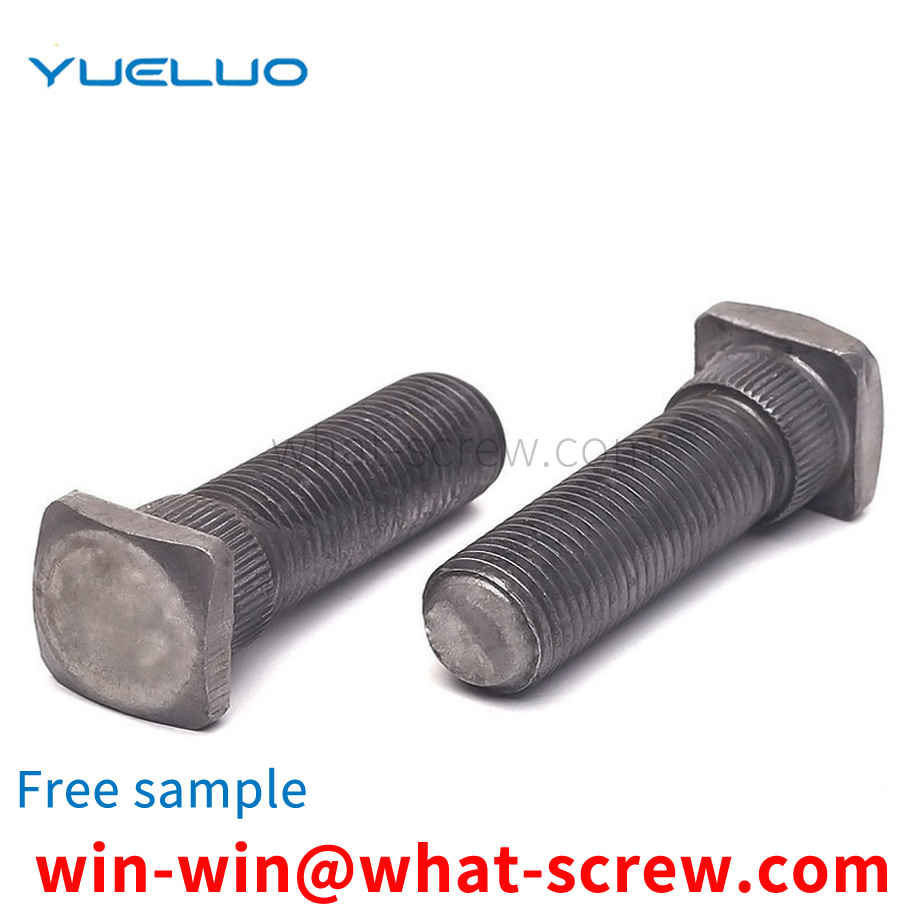
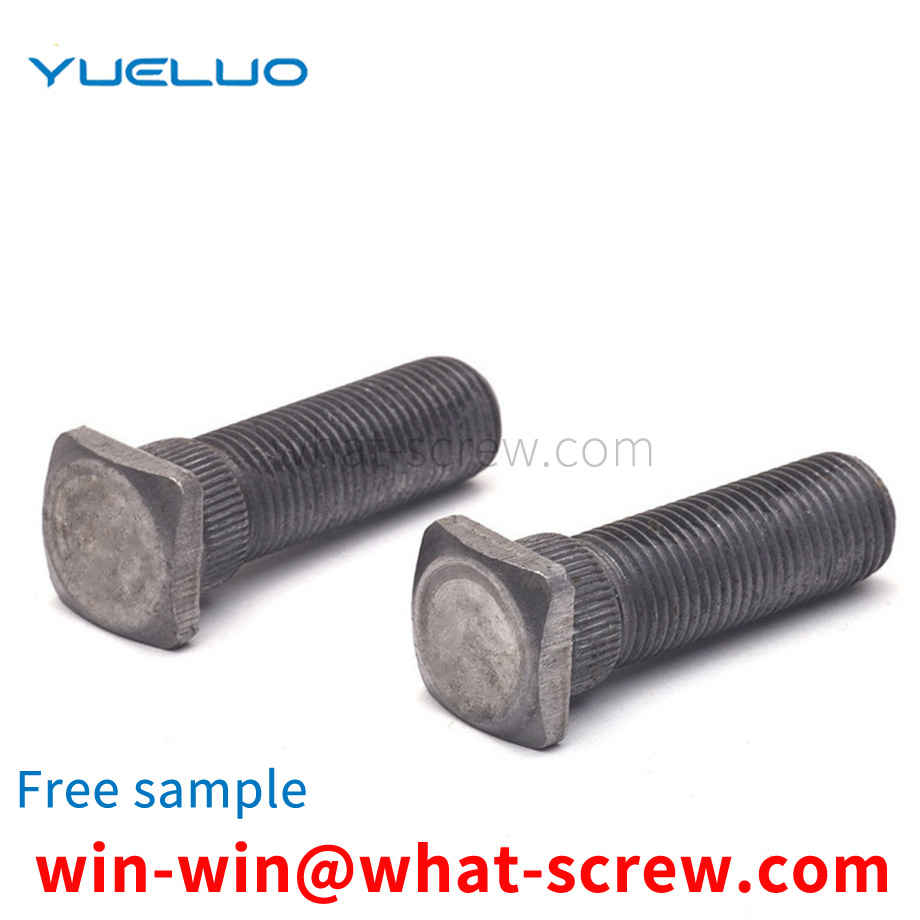
met a customer before, and the stainless steel screws needed by the company need to be prevented from loosening. Simply put, the stainless steel screw should be used on the product material so that the stainless steel screw will not fall off lightly. The screws are required to be more tightly connected with the product material. For the solution of stainless steel screw anti-loosening, there are two solutions. Next, the following two solutions to prevent loosening of stainless steel standard parts are presented. The first is to use the resilience of special materials, such as engineering resin materials, which have good resilience. Attach it to the stainless steel screw thread. Make it mechanically rub against the nut, or material product. Generate vibration and absolute resistance. Completely solve the problem of loose screws. The second, simply put, is to apply a layer of glue on the thread of the stainless steel screw, the so-called dispensing. This glue is called drop-resistant glue. This glue has good properties such as high stickiness and non-toxicity. This glue is applied to stainless steel screws, and when dry, it adheres extremely well. The stainless steel screw thread can be combined with the nut thread, or after the product threaded hole is joined, resulting in a super tightening effect. Play a super good anti-loosening effect.
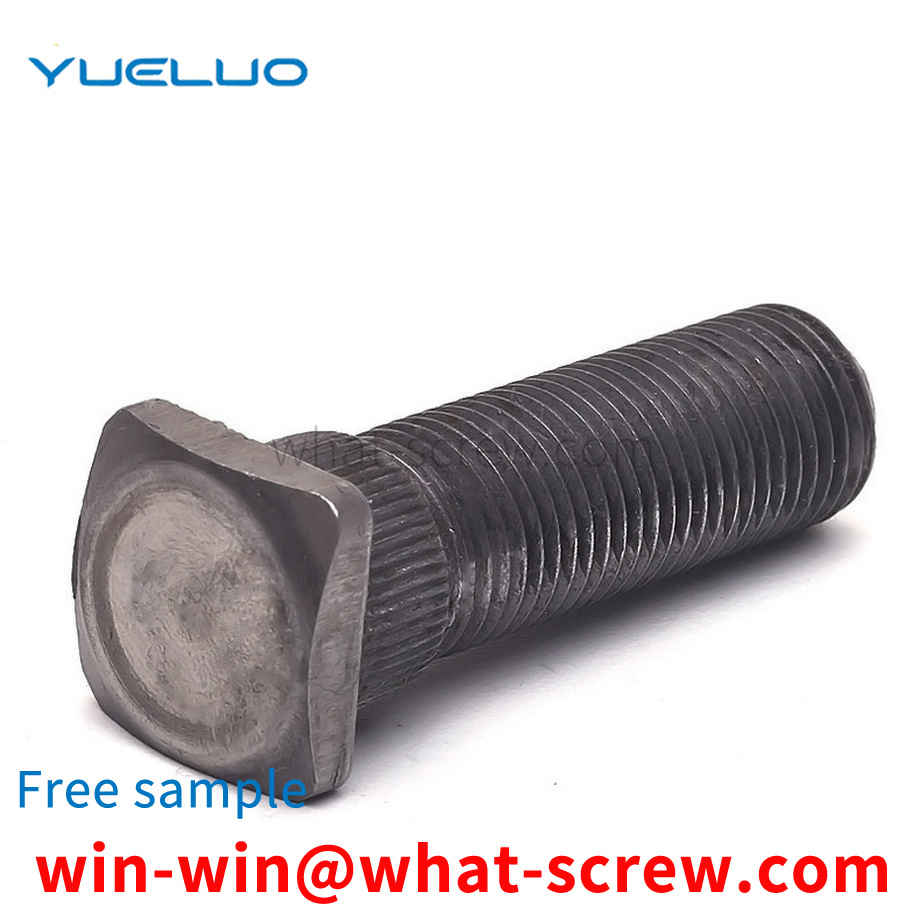
Stainless steel screws are classified into austenitic stainless steel, ferritic stainless steel, martensitic stainless steel, and precipitation hardening stainless steel. The selection of stainless steel screws is also based on principles. Where to start, let you choose the stainless steel screws you need. After comprehensive and comprehensive consideration of these five aspects, the grades, varieties, specifications and material standards of stainless steel screws are finally determined. Austenitic stainless steel: the most basic alloying elements of austenitic stainless steel are chromium and nickel. The grade is a chromium-nickel austenitic stainless steel with a chromium content of about 18% and a nickel content of about 8%, often called 18-8 stainless steel. The element ratio of chromium and nickel basically ensures that the structure of the steel is stable austenitic ferritic stainless steel: 430 type ordinary chromium steel, its corrosion resistance and heat resistance are better than 410 type, magnetic, but it It cannot be strengthened by heat treatment, and is suitable for stainless steel screws with slightly higher corrosion resistance and heat resistance and general strength requirements. Martensitic stainless steel: Type 410 and 416 can be strengthened by heat treatment, with a hardness of 35 to 45HRC, and good machinability. They are used for general-purpose heat-resistant and corrosion-resistant stainless steel screws. Type 416 has a slightly higher sulfur content and is a free-cutting stainless steel. Type 420, sulfur content? R0.15%, improved mechanical properties, can be strengthened by heat treatment, maximum hardness value of 53 ~ 58HRC, used for stainless steel screws requiring higher strength. Precipitation hardening stainless steel: 17-4PH, PH15-7Mo, they can get higher strength than the usual 18-8 type stainless steel, so they are used for high-strength, corrosion-resistant stainless steel stainless steel screws. A-286, a non-standard stainless steel, has higher corrosion resistance than commonly used Type 18-8 stainless steels, as well as good mechanical properties at elevated temperatures. Used as high-strength, heat-resistant, corrosion-resistant stainless steel screws, can be used to 650 ~ 700 ℃. Austenitic stainless steel: The commonly used models are 302, 303, 304, and 305, which are the so-called 18-8 austenitic stainless steels. Both corrosion resistance and mechanical properties are similar. The starting point of selection is the production process method of stainless steel screws, and the method depends on the size and shape of stainless steel screws, and also depends on the quantity of production. Type 302 is used for machined screws and self-tapping bolts. Type 303 In order to improve machinability, Type 303 stainless steel is added with a small amount of sulfur and is used to machine nuts from bar stock. Type 304 is suitable for hot heading stainless steel screws, such as longer gauge bolts, large diameter bolts, which may be beyond the scope of the cold heading process. Type 305 is suitable for cold heading processing of stainless steel screws, such as cold formed nuts, hex bolts. Type 309 and Type 310, their Cr content and Ni content are higher than 18-8 type stainless steel, suitable for stainless steel screws working at high temperature. Types 316 and 317, both of which contain the alloying element Mo, have higher high temperature strength and corrosion resistance than 18-8 type stainless steel. Type 321 and Type 347, Type 321 contains a relatively stable alloying element Ti, Type 347 contains Nb, which improves the intergranular corrosion resistance of the material. It is suitable for stainless steel standard parts that are not annealed after welding or serve at 420~1013℃.
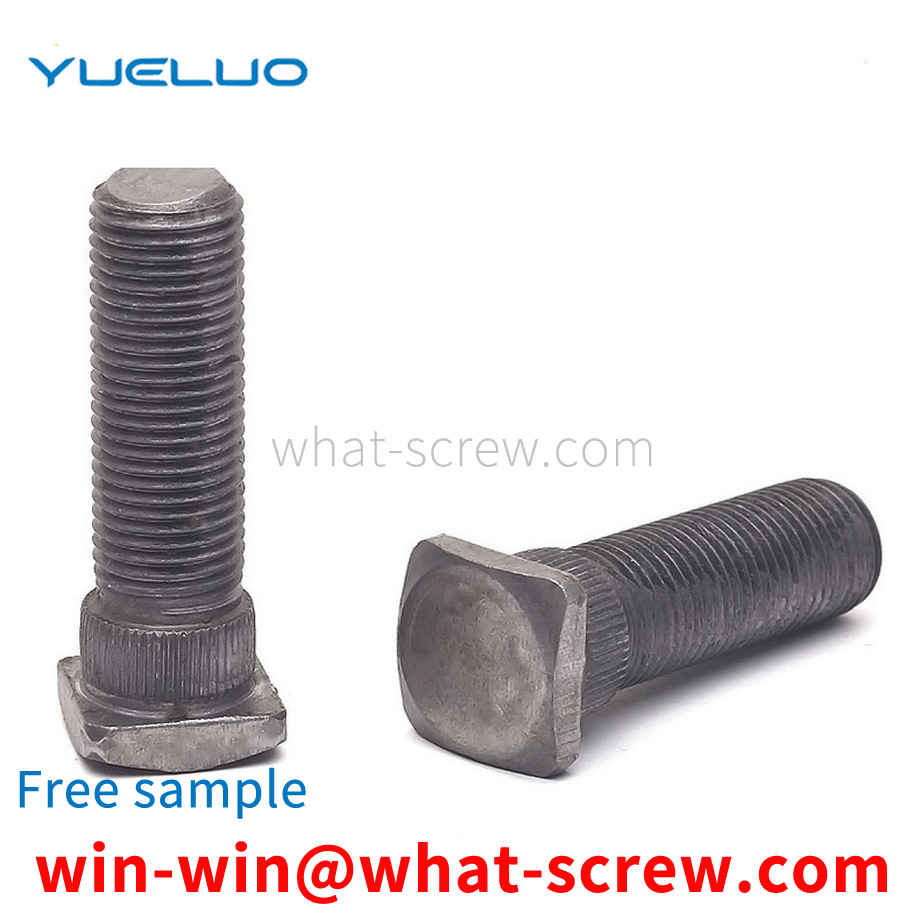
The above content is uploaded by Yueluo or the Internet. If there is any copyright issue, please contact [email protected].

What is the tolerance range of precision screws?

How to choose the right stainless steel screw manufacturer?

Why is there an R angle under the head of the hexagon head s...
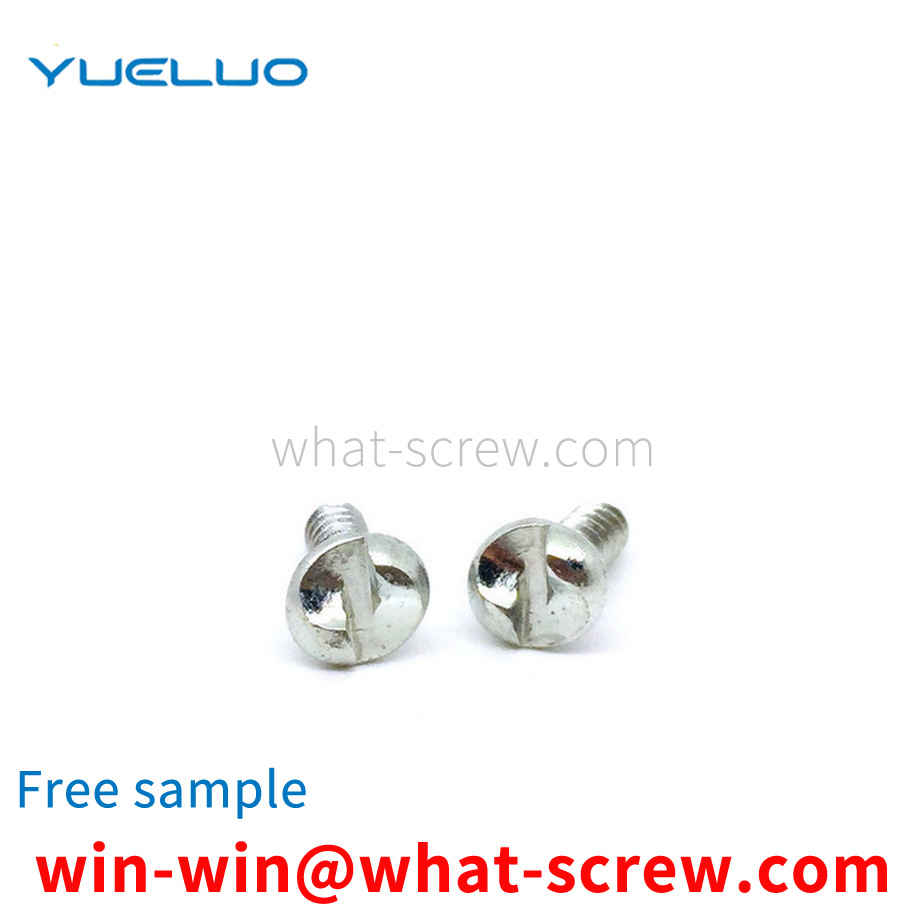
We have more than ten years of production experience in the ...

We have more than ten years of production experience in the ...
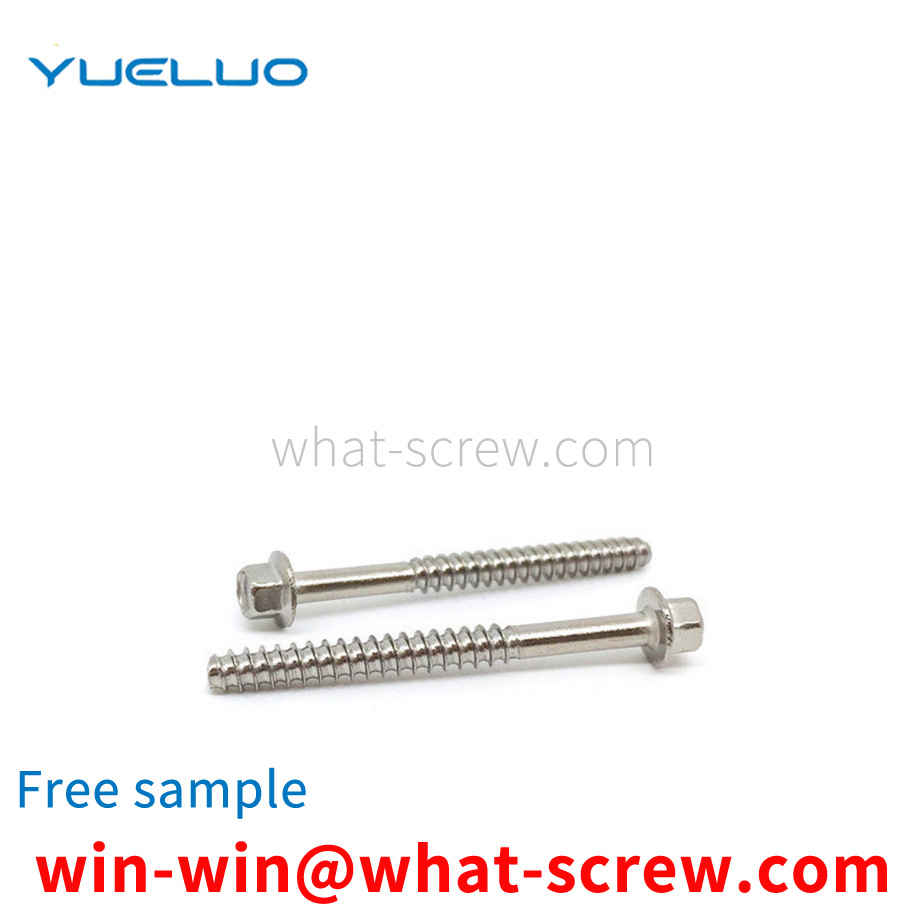
We have more than ten years of production experience in the ...
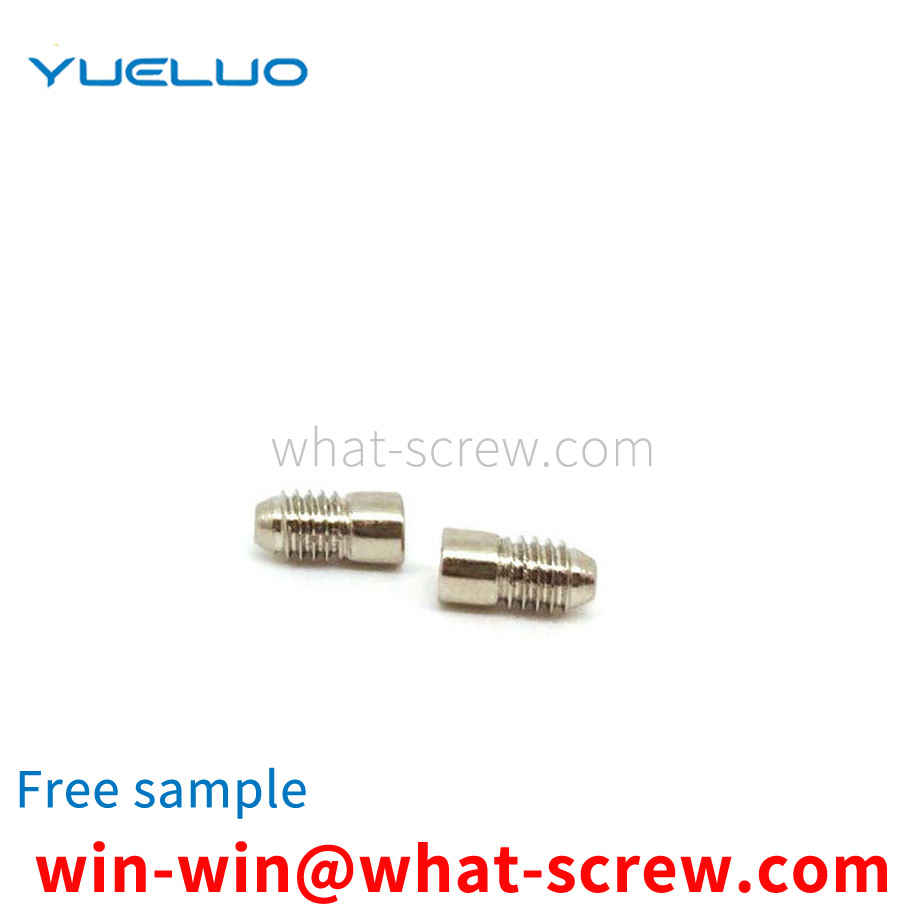
We have more than ten years of experience in the production ...